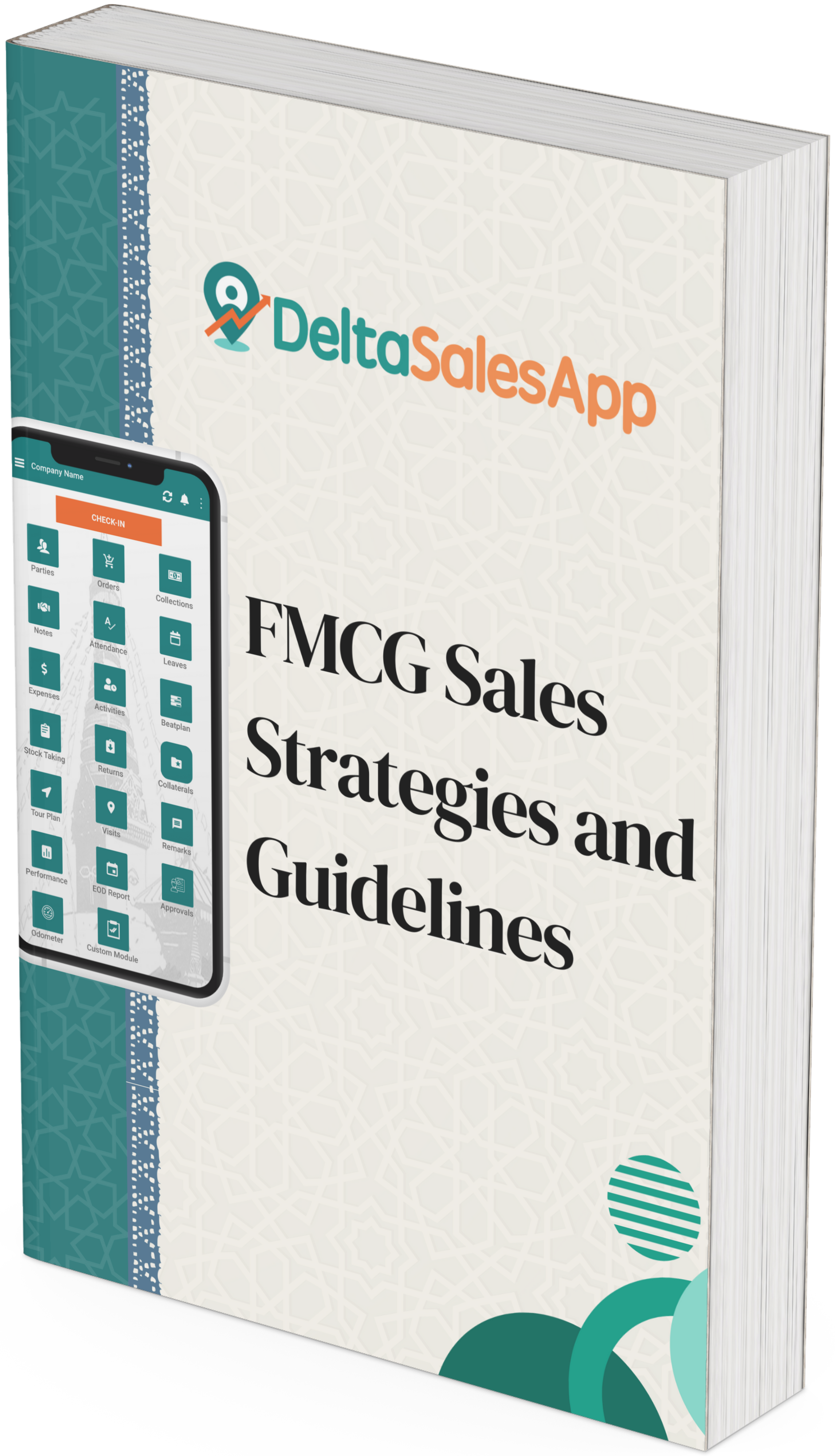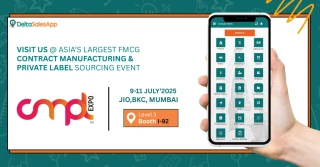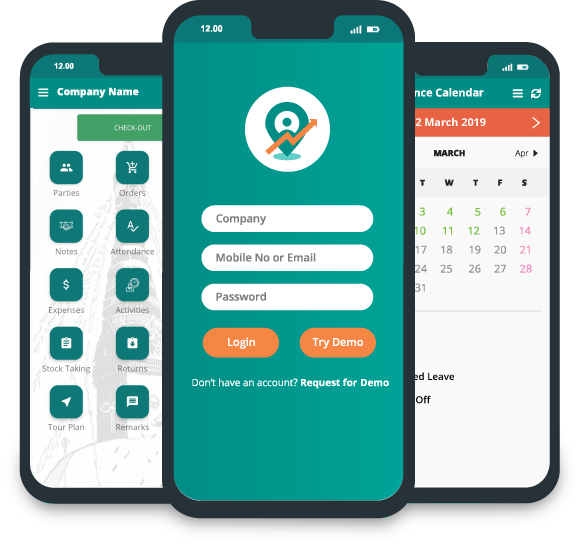Effective FMCG Target Planning For Increased Sales & Growth

Launching and maintaining successful FMCG sales strategies can be a challenge, especially when it comes to planning and achieving your sales targets. Many companies face the dilemma of last-minute stock dumping or overloading distributors with excess inventory at the end of the month, leading to poor sales management and distributor dissatisfaction. But how can you avoid this cycle of rushed sales and missed opportunities? The answer lies in effective FMCG target planning.
In this blog, we’ll explore actionable steps that can help you streamline your target setting and execution, ensuring better results and stronger relationships with distributors.
1. Understanding the Importance of Structured FMCG Target Planning
A well-organized target plan ensures that your sales efforts are aligned with the actual demand and helps you avoid the chaos of last-minute stock dumps. Instead of pushing huge quantities of stock in the final days of the month, target planning ensures a smoother and more consistent sales process.
Why it works:
When you plan targets well in advance, production and distribution teams can prepare adequately. Forecasting ensures that you have the right stock available at the right time. Last-minute pushes, where 30-40% of sales are made in the final days, create unnecessary strain on production and disrupt supply chain processes. With proper FMCG target planning, you can keep everything on track, reduce pressure, and improve efficiency.
2. Build Trust and Transparency with Distributors
Effective FMCG target planning fosters trust with distributors by reducing last-minute pressure. By spreading orders over a defined timeline, distributors are less likely to feel overwhelmed by large, unmanageable orders in the last days of the month.
The benefits to distributors:
Better Cash Flow Management: Distributors don’t have to pay for large quantities all at once. Smaller, manageable orders are easier to manage financially, ensuring a healthier relationship with your brand.
Improved Stock Availability: Distributors will have access to the right stock at the right time, minimizing the risk of stock-outs and missed sales opportunities.
3. Optimizing Inventory and Credit Management
A major part of FMCG target planning is managing inventory effectively and ensuring a good credit system with distributors. Without a structured plan, there’s a risk of overstocking or understocking, leading to inefficiencies.
Inventory management: You need to track which products are moving fast and which ones are stagnant. With proper planning, you can ensure that your distributors have adequate stock of high-demand items and avoid overstocking low-demand products.
Credit management: Managing credit efficiently is another key area of focus. Overloading distributors with stock that they can't sell quickly leads to poor credit recovery and disrupts the financial flow. A well-managed target plan helps ensure that credit is rotated smoothly.
By forecasting demand and maintaining realistic targets, you can avoid overcommitting your distributors and help them achieve steady sales without the burden of unsold stock.
4. How to Plan Your Primary and Secondary Sales Targets
One of the keys to successful FMCG target planning is distinguishing between primary and secondary sales. Primary sales involve selling products directly to your distributors, while secondary sales refer to the sale of these products from distributors to retailers or end customers.
For primary sales, set realistic targets based on distributor capacity and forecasted market demand. Avoid pressuring distributors with large orders.
For secondary sales, monitor retailer sales to ensure that products are moving off the shelves. If secondary sales are lower than expected, you may need to adjust your approach or offer additional support.
By planning both primary and secondary sales targets, you ensure that your stock rotation is efficient and that your distributors can move products quickly, which in turn helps you meet your overall target goals.

5. Preparing for Potential Distributor Objections
When discussing targets with distributors, there will be some common objections, including:
Excess stock concerns: Distributors may resist large orders if they have too much inventory on hand.
Cash flow issues: They may not have the financial resources to purchase large quantities of stock at once.
How to handle objections effectively:
Track closing stock: Before approaching your distributor, always check the closing stock levels and understand what’s moving and what’s not. This will help you avoid pushing products that are already overstocked.
Credit Status: Understand how much credit the distributor has outstanding and ensure that your target plan aligns with their ability to make payments.
Offer Solutions: Present your target plan in a way that emphasizes the long-term benefits. Show how consistent target planning helps improve their cash flow and reduces pressure to buy stock in bulk at the end of the month.
By preparing for these objections and offering well-thought-out solutions, you can strengthen your partnership and increase the likelihood of successful sales.
6. The Role of Data and Insights in Target Planning
A critical aspect of FMCG target planning is using data and insights to make informed decisions. Understand market trends, customer preferences, and distributor feedback to adjust your targets accordingly.
Sales forecasting: Utilize historical sales data to forecast future demand accurately. Use this information to guide your target planning, ensuring that your stock levels and sales targets align with realistic market needs.
Market analysis: Keep an eye on competitors, market conditions, and emerging trends. This will allow you to stay ahead and adapt your target plan to changing market dynamics.
7. Achieving Better ROI with Target Planning
When you follow a disciplined target plan, your return on investment (ROI) improves significantly. With proper planning, stock levels are optimized, credit management is more efficient, and you avoid last-minute pushes that result in lost revenue.
Key benefits include:
Improved stock turnover rates
Lower inventory costs
Higher distributor satisfaction and loyalty
Increased sales without overloading stock
By sticking to a structured target plan, you create a sustainable growth model that benefits both your company and your distributors in the long term.
Conclusion:
Effective FMCG target planning is essential to avoid the pitfalls of last-minute stock dumping, improve distributor relationships, and ensure steady sales growth. By following a disciplined, data-driven approach, setting realistic targets, and building transparent communication with your distributors, you can foster long-term success and profitability.
Take control of your sales strategy today and ensure your business stays ahead of the competition with a well-organized target planning process.









